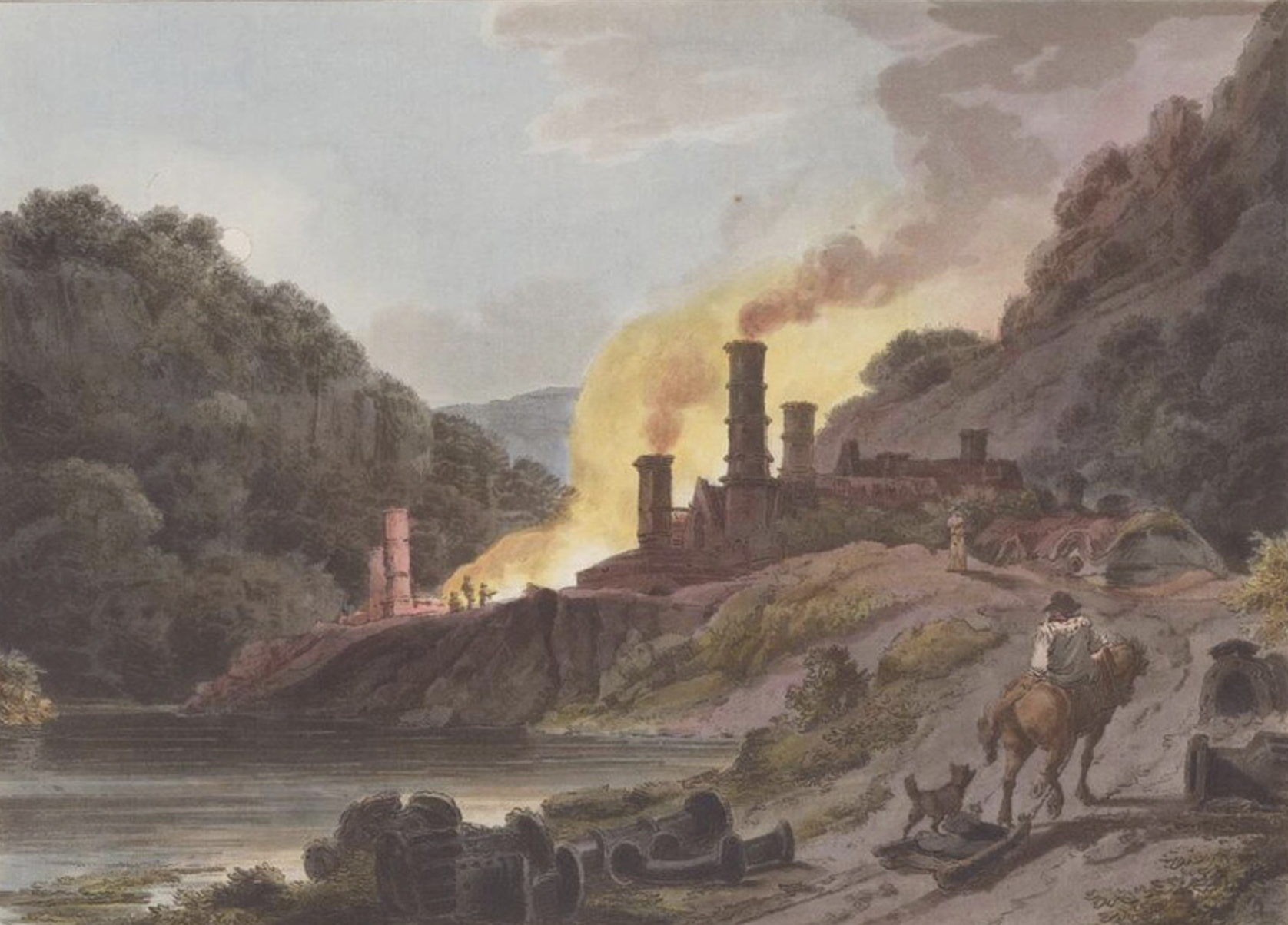New Huntington Exhibition Examines the Environment Through a Historical Lens
“Storm Cloud: Picturing the Origins of Our Climate Crisis,” an exhibition at The Huntington Library, Art Museum, and Botanical Gardens, opened on September 14. It explores how the environment was documented during a period of rapid industrialization and globalization.
The name of the exhibition references a series of lectures from 1884 called “The Storm Cloud of the Nineteenth Century” by John Ruskin, a writer and art critic. In these lectures, Ruskin was apprehensive about the effects of industrial pollution on the sky.
“Storm Cloud” consists of works from the 19th century that show an emerging awareness about the environment, concurrent with the development of Earth sciences and an expansion of human knowledge. These works include the first edition of the International Meteorological Committee’s Atlas international des nuages (International Cloud Atlas). Published in 1896 to encourage the global adoption of a standardized terminology for clouds, the atlas is still in print and was most recently updated in 2017. Another work is Luke Howard’s The Climate of London (1833). Howard collected data, such as water levels and thermometer readings, from London for over a decade and was the first to document the urban heat island effect. The exhibition also features paintings that depict landscapes altered by pollution and deforestation, such as Philippe Jacques de Loutherbourg’s Iron Works of Coalbrook Dale (1805) and Frederic Edwin Church’s Vale of St. Thomas, Jamaica (1867).
Alongside artwork, texts, and photographs, “Storm Cloud” features everyday items from the 19th and 20th centuries. Among these items are two top hats—one made with beaver fur and one made with silk plush—which illustrate a significant ecological shift. For centuries, beavers were hunted for their pelts, nearly leading to their extinction. However, the introduction of silk plush hats in the early 19th century quickly decreased the demand for fur hats, allowing beaver populations to start recovering.
“Artifacts—including rocks, pocket watches, top hats, and textiles—reassert the link between objects of everyday life and the histories of their extraction and production. The exhibition connects fossils and fossil fuels, cotton plantations and the Luddite rebellion,” Karla Nielsen, co-curator of the exhibition and senior curator of literary collections at The Huntington, said in a press release. “By moving from England in the late 18th century to the Western United States in the early 20th, the exhibition covers the coal-powered Steam Age and the emergence of our current petroleum-based economy.”
To establish links between concerns in the 19th century and the current climate crisis, the exhibition showcases a handful of contemporary works, including plant cyanotypes from Leah Sobsey and a video projection of the sky from Los Angeles artist Rebeca Méndez. Certain objects also indicate the atmospheric CO2 levels in parts per million alongside the years they were created, demonstrating the rise in CO2 levels throughout the past couple of centuries. “By exploring the historical origins of our climate crisis, we aim to provide a perspective on the present and galvanize a desire to seek solutions,” Nielsen said.
Located in the MaryLou and George Boone Gallery, “Storm Cloud” runs through January 6.

Caption: Philippe Jacques de Loutherbourg, Iron Works of Coalbrook Dalein The Romantic and Picturesque Scenery of England and Wales, 1805.
Source: The Huntington Library, Art Museum, and Botanical Gardens.